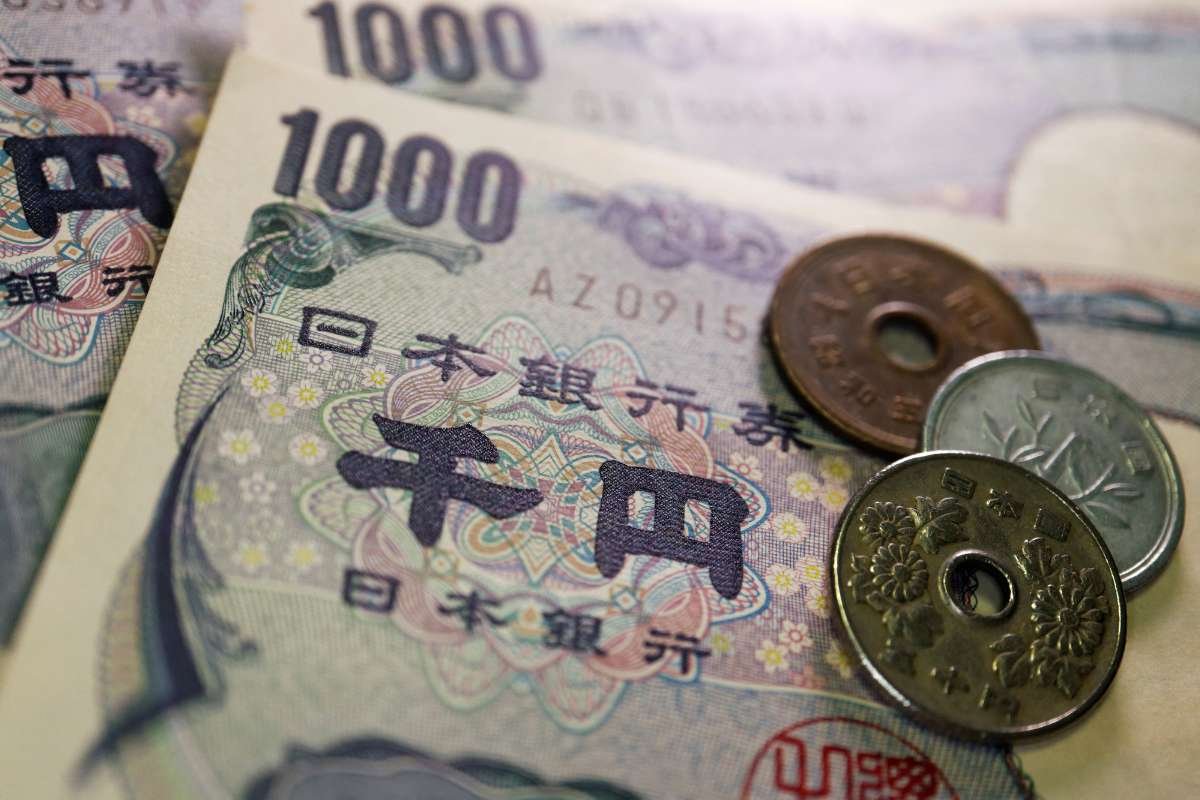(Source – news.faharas.net)
Major Management Overhaul at Stellantis
Stellantis, the multinational automotive giant, has confirmed that its CEO Carlos Tavares will retire when his contract expires in early 2026. The announcement comes as the company struggles to turn around its North American operations, a key market where it has faced significant challenges. Stellantis, known for brands like Chrysler, Jeep, and Ram, has seen a sharp decline in its sales and earnings, particularly in North America, which traditionally contributes a significant portion of its profits.
The company has made sweeping management changes in response to the mounting challenges. Doug Ostermann, the former COO of Stellantis’ China division, has been appointed as the new finance chief, succeeding Natalie Knight. Meanwhile, Antonio Filosa has been named the Chief Operating Officer for North America, in addition to his responsibilities as the CEO of the Jeep brand. These changes reflect the company’s efforts to address declining performance in key markets.
Analysts have expressed concerns over Stellantis’ direction, particularly after the company downgraded its profit forecast for 2024 and hinted at possible reductions in its dividend and share buyback programs. The stock has fallen 42% this year, reflecting investors’ skepticism about the company’s ability to recover. Missteps in North America, particularly in its Jeep and Ram truck divisions, have contributed to the downturn.
Tavares’ Legacy and Challenges Ahead
Carlos Tavares, a race car enthusiast and an influential figure in the automotive world, has been at the helm of Stellantis since its formation in 2021 following a merger between Fiat-Chrysler and PSA. Before that, he had been a key leader at PSA, steering the company toward becoming one of the most profitable automakers globally. However, in recent months, Stellantis’ performance has taken a hit, with bloated inventories and profit declines catching the industry off guard.
The company’s management reshuffle follows a series of senior leadership changes—21 in the past 12 months—which has not reassured investors. The Bernstein analysts noted that after downplaying concerns about the company’s inventory and discount strategies in the U.S., Stellantis lost investor confidence when it cut its financial guidance in late September. In its latest move, Stellantis has adjusted its cash flow forecast for the year from positive to negative, estimating a shortfall of between 5 billion and 10 billion euros.
Tavares, despite his previous confidence in Stellantis’ diverse portfolio of brands such as Maserati, Fiat, and Peugeot, recently hinted that underperforming brands might be cut to reduce costs. The company faces increasing competition from Chinese electric vehicle (EV) makers that are rapidly gaining market share in Europe.
Future Plans and Industry Pressures
Looking ahead, Stellantis is doubling down on its electric vehicle strategy. The company aims to make 100% of its passenger car sales in Europe electric by 2030, with a goal of 50% in the U.S. by the same year. It has ambitious plans to launch 75 electric models globally, with hopes of staying competitive in an evolving automotive industry.
However, the company is not without its critics. Tavares has faced backlash from the United Auto Workers (UAW) union, dealers, and shareholders over Stellantis’ financial troubles and management approach. The UAW is preparing for a potential nationwide strike, accusing Stellantis of failing to honor commitments made during last year’s labor negotiations.
In response to the criticisms, Stellantis has also restructured its internal operations, moving its supply chain organization under the manufacturing division to better address supplier performance issues. Tavares acknowledged the industry’s current challenges, calling the period a “Darwinian” moment for automakers, where adaptability is crucial to survival.
With Carlos Tavares set to step down in 2026 and the company’s North American struggles mounting, Stellantis is now racing to find its next leader and stabilize its position in an increasingly competitive global market.


















